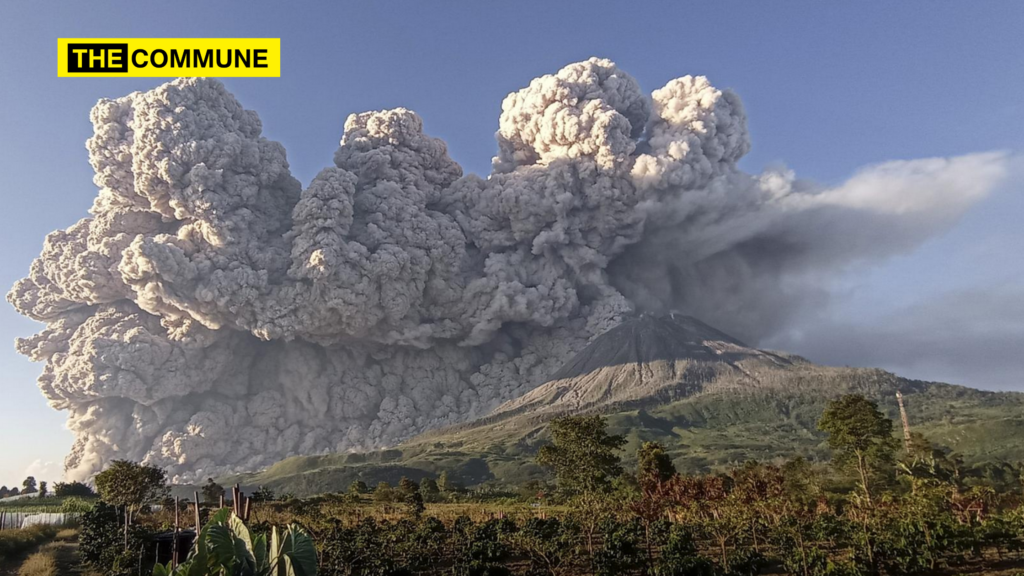Volcanic Mount Sinabung erupted into an ash explosion on Tuesday, spewing a humongous cloud of ash that was visible from several kilometres away. Ash clouds that were a high as 5km were emitted from the mountain, and has received the second-highest level threat.
Videos on social media showed panicked residents over the eruption, which sent a column of white ash into the blue sky. This caused the officials to investigate, and they issued an alert for people within 3-4 km of the volcano to vacate immediately. Notably, there were no casualties reported due to this incident.
This is its first big eruption since August last year when the ash from the explosion had covered three districts and turned the sky dark. This volcano has been under the radar of the country’s volcanology department for quite some time. Sinabung had been inactive for centuries before it erupted again in 2010. Another eruptive phase for the volcano began in September 2013, which continued uninterrupted until June 2018, according to information maintained by the National Museum of Natural History’s Global Volcanism Program.
Indonesia is dubbed as the “Pacific ring of fire” with nearly 130 active volcanoes, more than any other country. This island country has been placed under alerts for natural calamity for decades, due to its tendency to be attacked by tsunamis and volcanic eruptions every once in few years.
Click here to subscribe to The Commune on Telegram and get the best stories of the day delivered to you personally.

